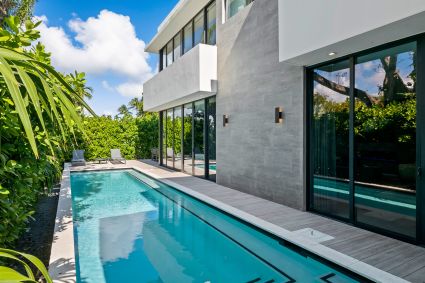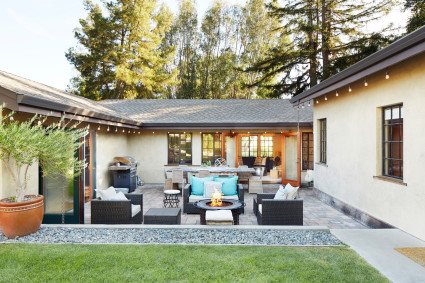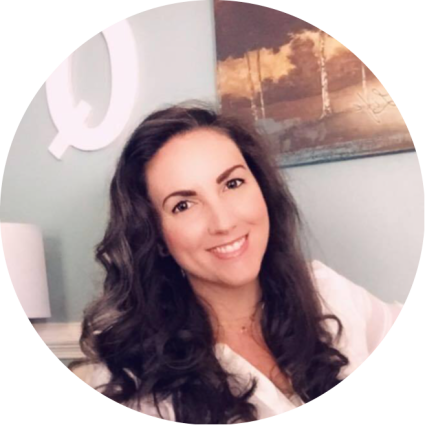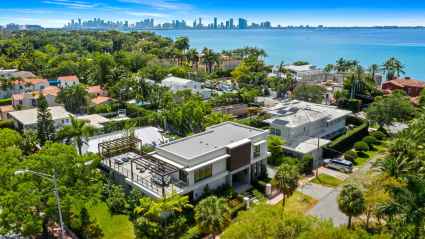What are the hidden expenses in a second home?

- Home furnishings and essentials: Essentials like furniture, towels, bedding, dishes and other items make your new house feel like a home.
- Homeowners insurance: Most mortgage companies will roll your homeowners insurance into your mortgage, but if you're choosing to finance a second home with a product other than a traditional mortgage, you'll have to plan for insurance costs in addition to your monthly loan payment.
- Property taxes: Just like homeowners insurance, a mortgage often rolls taxes into your monthly payment. If you go a different financing route, you may need to pay property taxes separately.
- Utilities: Estimate the cost of heat, electricity, internet service and water for your second home.
- Maintenance and upkeep: You will need enough cash reserves to cover the costs of repairs and home maintenance. Don't forget about lawn care and snow removal as well.
- HOA dues: Community amenities can be a big plus for a second home, but you may need to pay a monthly homeowners association fee to access them.
What's different about Pacaso's LLC co-ownership model
With Pacaso, these hassles and costs are greatly reduced. Your home is turnkey, meaning it's ready to use whenever you want — fully furnished with designer touches, cleaned to our exacting standards and maintained by local professionals who are just a call away. Fees cover LLC oversight and property management. Home operating estimates, like maintenance, taxes, insurance and utilities, are passed through to owners at cost. And, since multiple owners are sharing ownership costs on the home, you can enjoy a luxury home that might otherwise be out of reach.What do I need to know about financing a second home?

Financing options for second homes
The good news is there are multiple ways to pay for a second home, including combining more than one strategy, including these:- Take out a conventional mortgage loan. This is a good choice if you have limited assets and you don't want to take equity out of your primary residence. However, home mortgage loans for second homes typically have more limitations than a home loan on your primary residence.
- Use cash or cryptocurrency to buy all or part of your second home. Paying cash allows you to enjoy your second home mortgage-free. Or, you can use cash to make a sizable down payment and lower the amount you have to finance, thereby reducing your monthly payment and giving you instant equity in your new home.
- Take out a home equity line of credit (HELOC). Use the equity you have in your current home to open a revolving line of credit to pay for part — or all — of your second home. Because a HELOC uses your primary residence as security, it typically carries a lower variable interest rate. Keep in mind that your credit score might be lowered by accessing large amounts of equity.
- Take out a home equity loan. Like a HELOC, a home equity loan draws on the equity in your primary home to finance your second home. Unlike a HELOC, you'll get a fixed interest rate and then you receive the whole amount in one payout. You'll repay the loan in monthly installments just like a conventional mortgage.
- Do a cash-out refinance. This also taps the equity in your primary residence by refinancing your mortgage for more than the remaining principal amount, and using the extra cash to finance your second home. This is a good option if interest rates are lower than what you're currently paying on your mortgage. Keep in mind that your mortgage payments will be for the higher loan amount and you'll be starting your payoff journey over.
How is taking out a mortgage on a second home different?
Once you've calculated the costs and you know how much you're ready to spend for your second home, it's time to think about financing. Your first thought might be a traditional mortgage — after all, that's probably how you financed your first home. However, while a mortgage for a second home has all the same elements as a traditional first mortgage — a down payment, credit score checks, debt to income ratio calculations — the qualification criteria isn't quite the same when it comes to financing a second home. Here are a few things to know about financing your second home with a mortgage:- Loan limitations: FHA and VA loans are great for first home mortgages, but these products are only for primary residences and can't be used to purchase a second home. You'll need a conventional loan for a second home purchase.
- Larger down payment: Many first mortgages only require a minimum of 3% down, but a minimum down payment on a second home generally starts at 10%, depending on your credit score, and is typically 25% or more.
- Higher credit score requirements: Expect to see a minimum credit score requirement of 640 or more when looking at qualifications for second home borrowers. But remember: The higher your down payment, the lower your credit score can be.
- Higher interest rates: Lending institutions consider second home loans higher risk because if you experience financial difficulties, you're more likely to prioritize payment of your primary home's mortgage. Expect higher interest rates on a second home loan.
How long it takes to get a second home mortgage
Once you've found the perfect second home, you'll begin the pre-approval and financing process. Gaining pre-approval can take some time, as the qualification criteria is stricter than on a primary home mortgage. However, once you have your pre-approval, the process takes about the same amount of time. Expect it to take roughly 30 to 45 days from the time your offer is accepted to closing.Differences between a second home and an investment property




